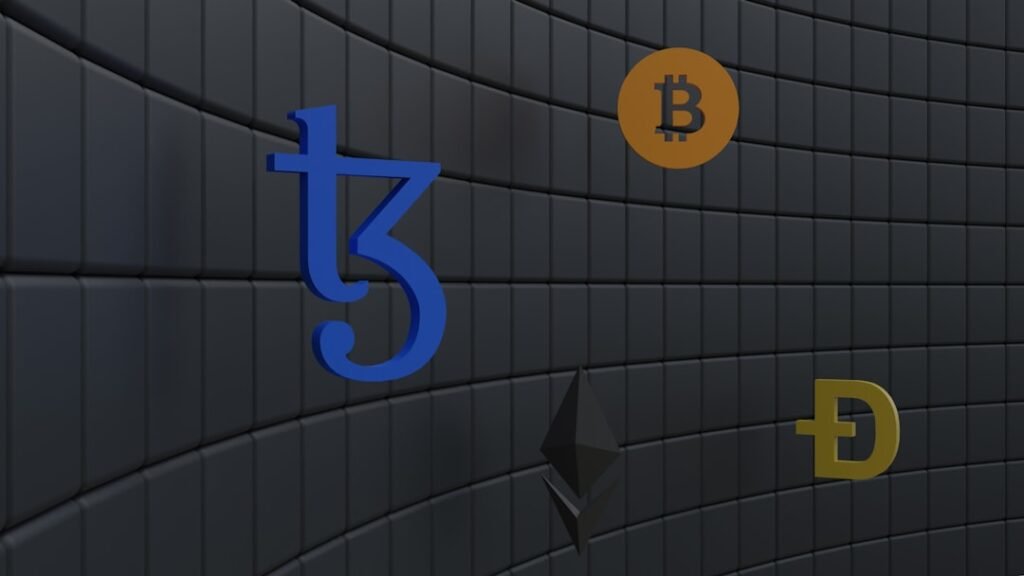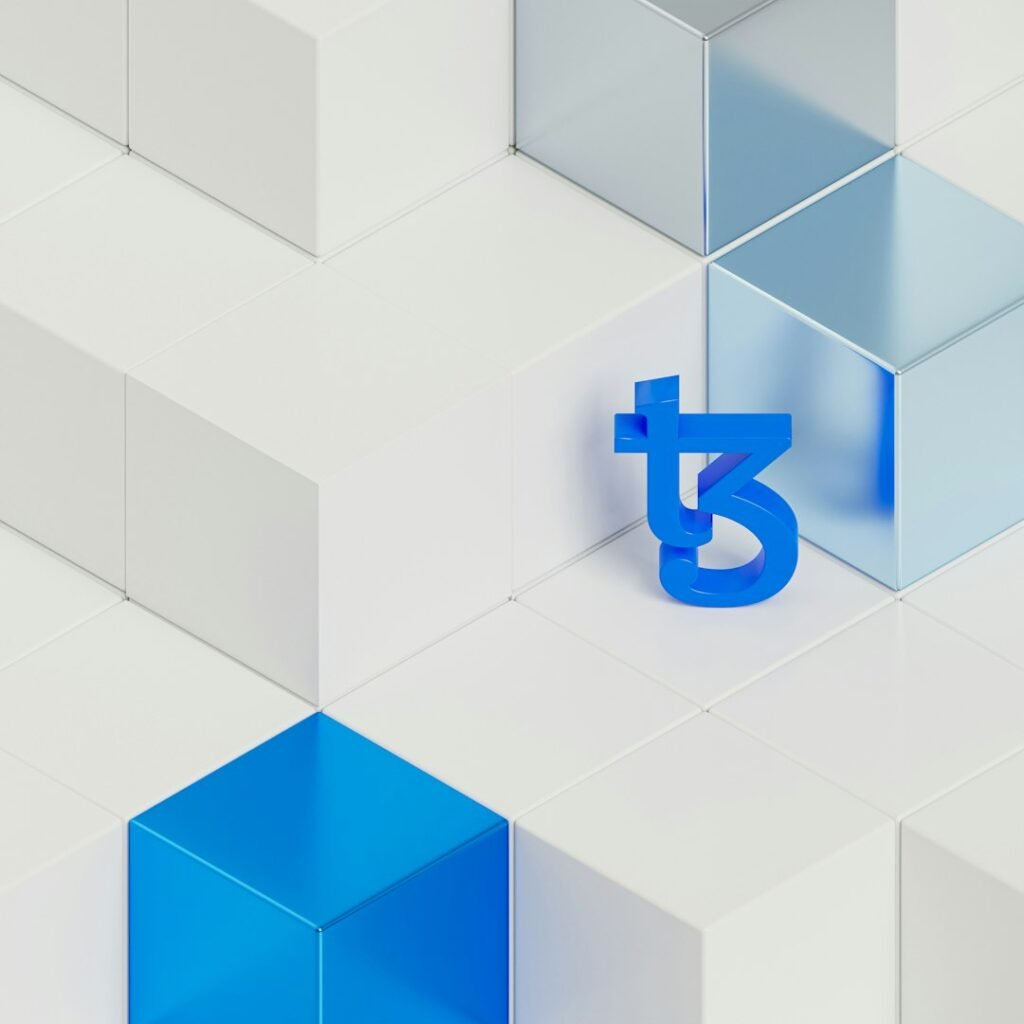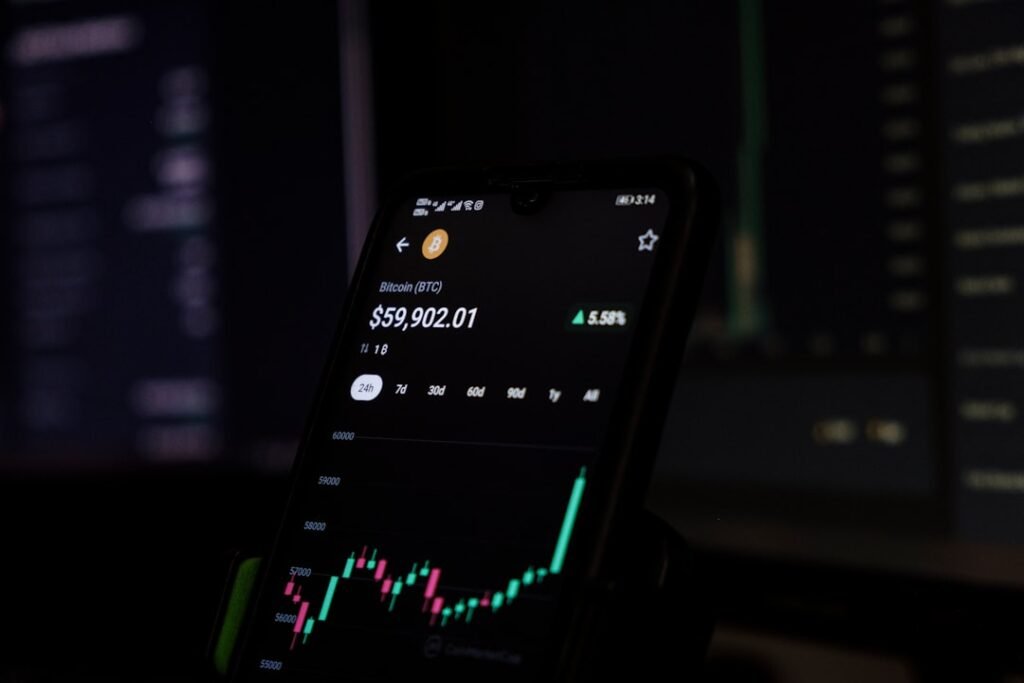The Ultimate Guide to Building a Scalable Crypto Exchange Platform In the rapidly evolving world of digital finance, the demand for robust and secure cryptocurrency trading platforms has never been higher. With projections indicating the global crypto market cap could reach a staggering $11.71 trillion by 2030, the opportunity for businesses to enter this space is significant. A custom crypto exchange platform, built with a scalable architecture and seamless API integration, stands as the cornerstone of this digital revolution, enabling secure, real-time trading of digital assets on a global scale. Understanding the Crypto Exchange Landscape A cryptocurrency exchange is fundamentally an online platform that allows users to buy, sell, and swap digital assets like Bitcoin, Ethereum, and thousands of other cryptocurrencies. These platforms facilitate decentralized, peer-to-peer transactions, removing the need for traditional financial intermediaries. The result is a more transparent, efficient, and fraud-resistant operational model. For businesses, launching a crypto exchange opens up multiple revenue streams, including trading fees, token listing charges, and control over asset flow, making it a strategically sound decision in today's crypto-driven economy. The market is diverse, catering to different user preferences and business models. The primary types of exchanges include: Centralized Exchanges (CEX): These are broker-based platforms where trades are processed through a central authority. They typically offer high liquidity, fast transaction speeds, and give administrators significant control, making them ideal for businesses prioritizing performance and regulatory compliance. Decentralized Exchanges (DEX): Built on smart contract technology, DEXs support direct, user-to-user transactions. They provide users with full control over their funds, offering enhanced privacy, transparency, and resistance to censorship. Hybrid Exchanges: These platforms aim to combine the best of both worlds, offering the security and privacy of a DEX with the speed and liquidity of a centralized system. This model is designed to meet a wide spectrum of user needs. Peer-to-Peer (P2P) Exchanges: P2P platforms connect buyers and sellers directly. They often include integrated escrow management, dispute resolution systems, and customizable trade settings to ensure secure and flexible transactions. The Power of a Scalable Architecture and API Integration The backbone of any successful crypto exchange is its technical infrastructure. A scalable architecture is non-negotiable in a market known for extreme volatility and sudden surges in user activity. The goal is to build a platform that can handle high trade volumes without suffering from downtime or slow performance. Key components of a scalable trading engine include: High TPS (Transactions Per Second): A robust system must support up to 1 million TPS to provide users with a fast and responsive trading experience, even during market peaks and traffic spikes. Advanced Trade Engine: The heart of the exchange, this engine must instantly match buy and sell orders, maintaining smooth and delay-free trading sessions regardless of volume. Cloud Computing Platforms: Leveraging infrastructure from providers like AWS, Google Cloud, or Microsoft Azure ensures elasticity, allowing the platform to scale resources up or down based on real-time demand. Complementing this scalable core is seamless API Integration. APIs (Application Programming Interfaces) are the conduits that allow your exchange to communicate with the broader crypto ecosystem. Critical API integrations for a feature-rich platform include: Real-Time Market Data Feeds: Integrating with external data providers via APIs ensures that your platform displays accurate, real-time pricing, market depth, and charting information, which is crucial for traders. Payment Gateway APIs: Connecting to various payment processors and banking rails enables support for multiple fiat currencies and simplifies deposit and withdrawal processes for users. Blockchain Network APIs: These integrations allow the exchange to interact with different blockchain networks (like Bitcoin, Ethereum, Solana, etc.) to verify transactions, update wallet balances, and monitor network status. Liquidity Provider APIs: For an exchange to be successful, it needs deep liquidity. Integrating with major liquidity providers or other exchanges ensures that there are always enough buyers and sellers, reducing slippage and improving the trading experience. KYC/AML Verification APIs: Automating user identity verification through integrated compliance APIs helps the platform meet regulatory standards efficiently and securely. Must-Have Features for a Competitive Platform Beyond the core architecture, a successful exchange must offer a suite of features that enhance security, usability, and user engagement. For Administrators: Admin Dashboard: A powerful interface providing full control over the platform, allowing admins to monitor real-time trades, user activity, transactions, and system health. Role-Based Access Control (RBAC): This security feature limits platform access based on user roles, preventing internal threats and maintaining data integrity. For Traders: Margin Trading: Allowing users to trade with borrowed funds to increase their market exposure. This feature requires real-time risk management tools and automated liquidation systems. Over-The-Counter (OTC) Trading Desk: A private trading venue for large-volume trades, protecting pricing from market slippage and offering a broker-based, secure environment. Multi-Language and Multi-Currency Support: Essential for reaching a global audience, these features increase accessibility and user engagement across different regions. Mobile Trading Apps: Providing users with full trading capabilities, real-time updates, and secure transactions on iOS and Android devices is no longer optional but a necessity. For Security and Trust: End-to-End Encryption: Safeguards all user communication and data exchange across the platform. Cold Wallet Storage: The majority of digital assets should be stored in offline environments to protect them from online threats. Two-Factor Authentication (2FA): Adds an essential extra layer of security for user logins and withdrawals. KYC/AML Compliance: Integrated identity verification processes are critical for preventing fraudulent activities and meeting global regulatory standards. Navigating Regulations and Compliance Operating a crypto exchange requires strict adherence to a growing body of international regulations. A compliant platform builds trust and ensures long-term viability. Key regulatory frameworks to consider include: Anti-Money Laundering (AML) & Combating the Financing of Terrorism (CFT): Implementing protocols to monitor transactions and prevent illicit activities. Know Your Customer (KYC): Verifying user identities during onboarding to reduce fraud risk. General Data Protection Regulation (GDPR): Ensuring the secure handling and privacy of user data for operations involving European citizens. Financial Action Task Force (FATF) Guidelines: Adhering to international standards aimed at combating money laundering and terrorist financing. Securities and Exchange Commission (SEC) & Financial Industry Regulatory Authority (FINRA) Standards: Following these regulations is crucial if the platform supports the trading of security tokens or other regulated digital assets. The Development Process: From Concept to Launch Building a reliable crypto exchange is a complex, multi-stage process. A structured approach ensures a high-quality, secure, and market-ready product. Discovery & Planning: This initial phase involves in-depth workshops to analyze the business model, target audience, and specific goals. A clear project roadmap is established, outlining features, technology stack, and compliance requirements. Requirements Specification: Every feature and technical need is meticulously defined. This clarity allows for efficient resource allocation and ensures the final product aligns perfectly with business objectives. Architecture & Tech Stack Selection: This stage involves choosing the right blockchain platforms, databases, and cloud infrastructure to build a fast, scalable exchange with a clean and responsive design. End-to-End Development: The actual coding phase, where the exchange's backend logic, trading engine, user interfaces, and admin panels are built. A focus on clean, maintainable source code is paramount. Testing and QA: Rigorous testing is conducted, including security audits, performance load testing, and user acceptance testing to identify and fix any vulnerabilities or bugs before launch. Deployment: The platform is moved to a live production environment, with all security protocols enabled and monitoring tools configured for a stable go-live. Post-Launch Support & Maintenance: Ongoing support is critical for maintaining platform efficiency. This includes managing version upgrades, optimizing performance, monitoring compliance, and providing scalable solutions as the exchange grows. Investment and Cost Considerations The cost of developing a cryptocurrency exchange varies significantly based on its complexity, features, and the development team's expertise. A basic white-label solution can start from around $9,000, offering a faster route to market with pre-built, customizable frameworks. A fully customized, feature-rich centralized exchange similar to major platforms can range from $11,000 to $80,000 or more. More complex models, like a hybrid exchange, can require an investment between $19,000 and $89,000. Factors influencing cost include the level of customization, integrated security features, the number of supported cryptocurrencies and trading pairs, and the complexity of the trading engine. Conclusion: Seizing the Opportunity The development of a custom crypto exchange platform with a scalable architecture and comprehensive API integration is a strategic move for any business looking to capitalize on the digital asset revolution. Such a platform not only provides a secure and efficient venue for trading but also establishes a business as a trusted player in the future of finance. By focusing on robust technology, stringent security, regulatory compliance, and an exceptional user experience, entrepreneurs can build a powerful trading ecosystem poised for success in the global marketplace. The key is to partner with experienced developers who can translate vision into a resilient, scalable, and profitable reality.












